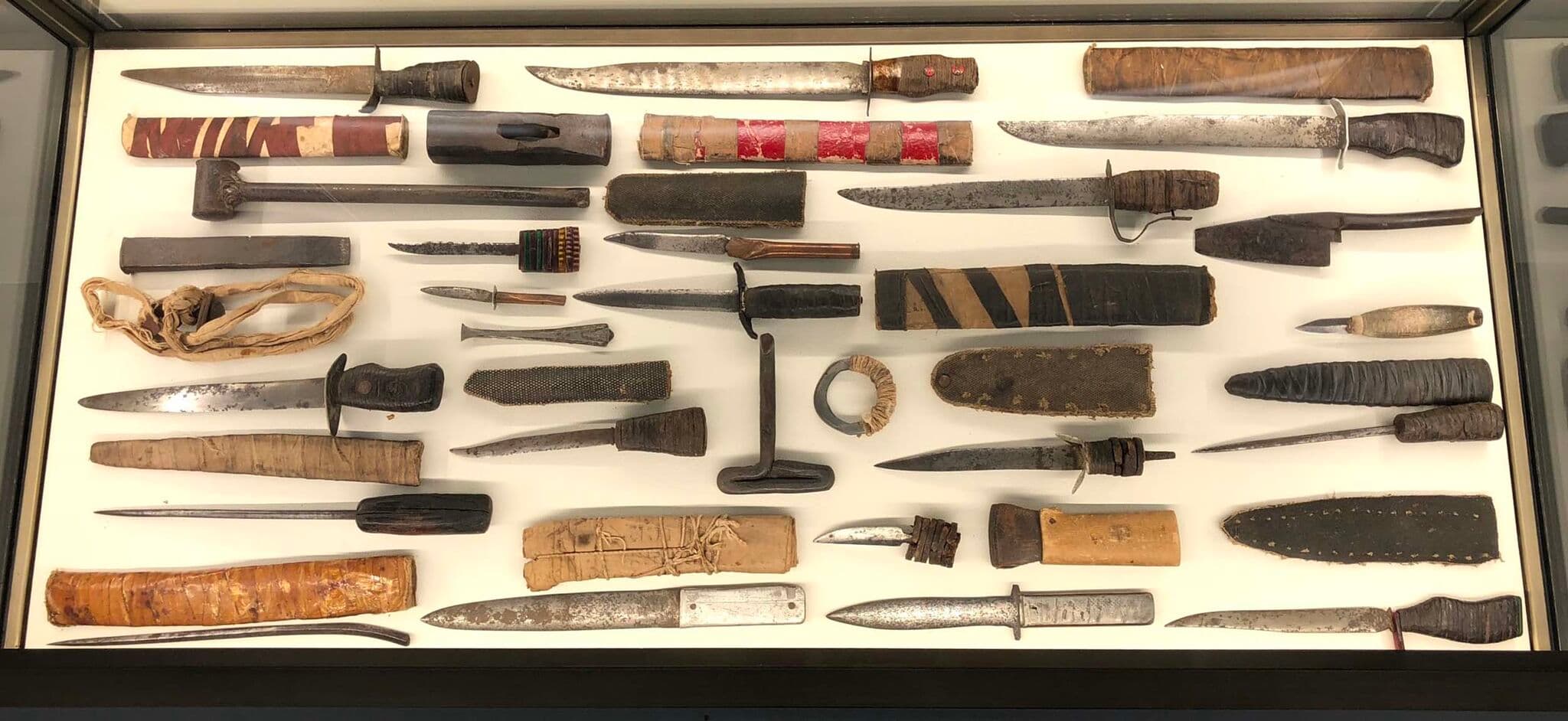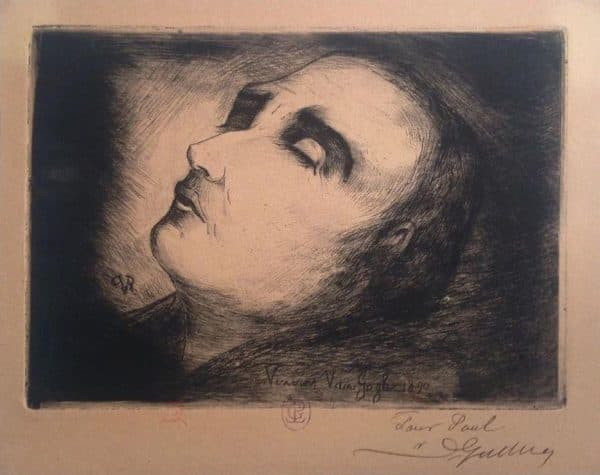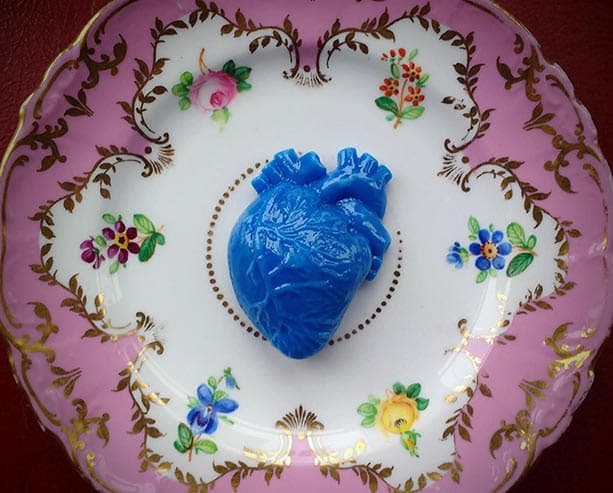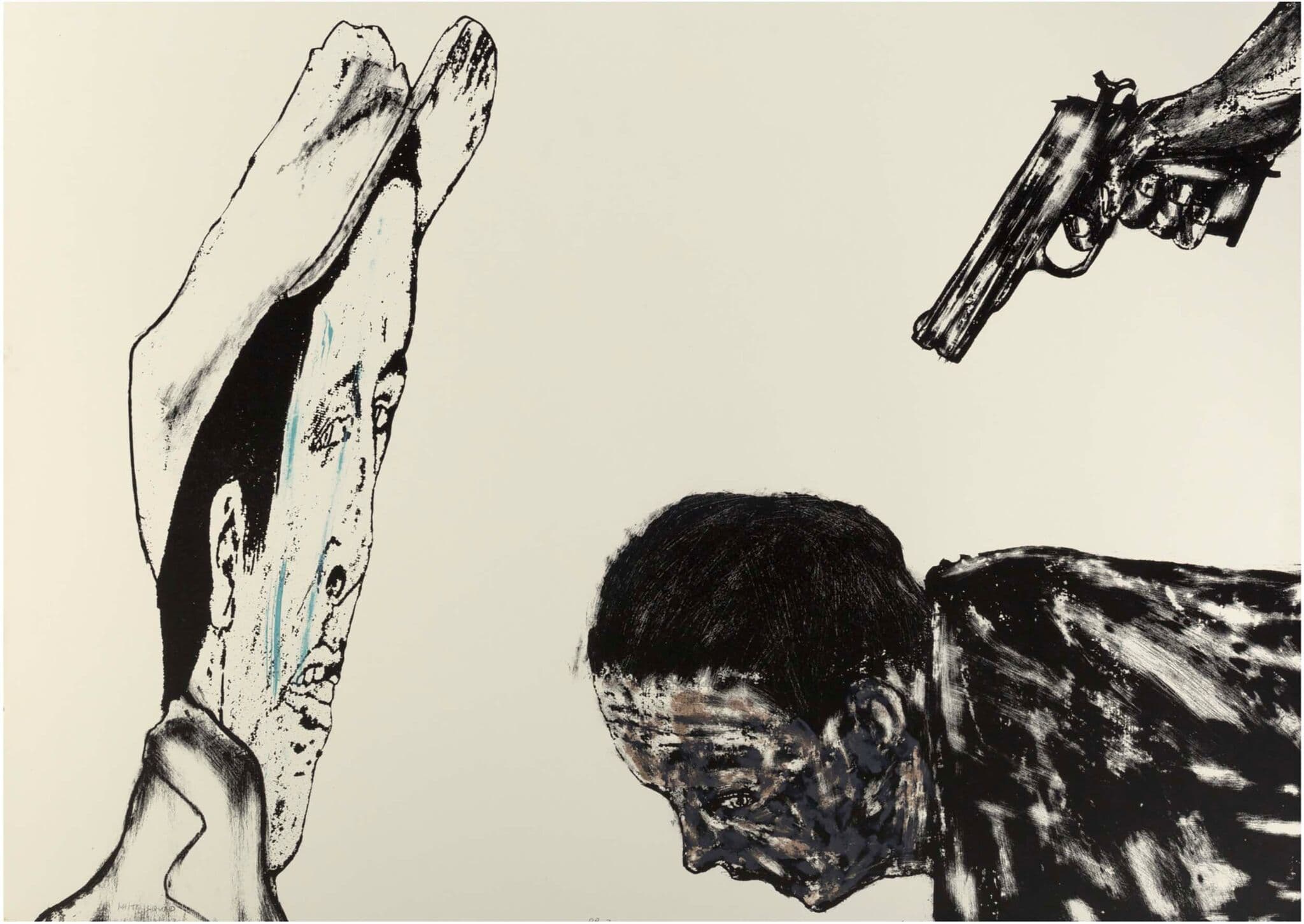For Kabinett Gallery’s inaugural exhibition at their new SoWa location, director Gabriel Boyers takes a massive risk. Seeking to illuminate and explore some of humanity’s greatest mysteries, “Killers & Thrillers” presents work which spans several thousand years. The exhibition focuses on sex, death, violence, and beauty by showcasing an impressive collection of antiquities and modern and contemporary artworks, the likes of which are rarely, if ever, to be found in Boston’s SoWa galleries. While Boyers acknowledges the risque nature of showing work in this manner, the exhibition as a whole seems defiantly out-of-touch with the current socio-political climate. Amidst the rise of the #MeToo movement, call out culture, and across the board sexual assessment, the pairing of sex and violence seems to exist in radical opposition to the social progress at hand.
Online• Feb 15, 2018
Risqué or defiant? Killers & Thrillers at Kabinett Gallery Draws a Crowd
Review by Jule Davidoff
Peter Bradley Cohen Rage No. 2 2017 Found object, welded steel, paint 12 x 6 x 20.5 inches

Peter Bradley Cohen Rage No. 2 2017 Found object, welded steel, paint 12 x 6 x 20.5 inches

Top: Stacey Dolen. Troop (2017). Digital print on aluminum. 17.5″ x 36″. Bottom: Phillipe Perrin. Monumental Brass Knuckles (2000). Cast aluminum. 23″ x 29.5″ x 3.5″.
Regardless of the societal implications, the exhibition itself is a riveting and fascinating amalgamation of work from from a shocking range of mediums and periods.The upstairs gallery space is an impressively large, white-walled, rectangular room with overhead, even lighting, in stark contrast to the shop lighting that distinguished the aesthetic of the space’s previous tenant, Samson Projects. The pieces are arranged in segmented groups along the perimeter of the walls, each work unlike the next. Rather than following a chronological order, the groupings are arranged by somewhat surprising associations and themes. The intermingling of pieces such as ancient Chinese prints (China, Warring States Period, Short Sword, 475-221 BCE) with contemporary pieces such as Stacey Dolen’s “Troop” (2017) forces viewers to think critically and thoughtfully about the ongoing, ever present relationship humankind maintains with life, death, and the erotic nature of our existence. This exhibition uses time as a critical lense to view our lives, begging the question: how do the unavoidable fixations with sex and death express themselves in art through the ages?

Folsom Prison, California. Collection of Improvised Shanks (ca. 1920’s–1950’s). Found objects, wooden box. Variable sizes.
Other groupings seem more abstractly connected–questioning mortality while illuminating it’s oddities. On one side of the wall, a peculiarity is presented: a collection of makeshift prison shanks from California’s Folsom Prison in the 1950’s. Certainly macabre, yet entirely captivating, the tools stand as artifacts of ingenuity even during times of suffering. Across from this cabinet of curiosities, a series of photographs, prints, and etchings depict death of artists from Vincent Van Gogh to Elvis Presley. I might dare to claim that this could be the first time these two men ever hung on a wall beside each other.

Paul Gachet [Paul van Ryssel] Vincent van Gogh on his Deathbed 1890 Drypoint etching 6.5 x 4.75 inches

Original photograph of Elvis Presley lying in state (1977). Silver gelatin photograph. 8″ x 5.5″.
In the center of the room stands Ilua Hauk da Silva’s “Palpitations” — a small, white table, set up with eight individual place settings. Each setting hosts a glass anatomical heart placed atop a tiny vintage porcelain plate. The pairing of grotesque hearts with dainty saucers illuminates the vulnerability and exhilarance in love as Da Silva asserts that love itself might be the ultimate killer and thriller.

Ilua Hauk da Silva “Palpitations” (2017) Glass and vintage saucers, freeze and fuse technique.
While the upstairs gallery presents an eclectic gathering of work, the downstairs space holds a more intimate viewing experience. At a comfortable eye level, small drawings, prints, and lithographs line the periphery of the room. The nature of the work has changed to include far more sexual imagery. Featuring pieces by Pablo Picasso, John Lennon, (surprise he was also a visual artist) Balthus, and several others, it feels as though the viewer has stepped inside the artist’s deepest thoughts. Standing in the midst of these smaller works, it feels as though all the loose ends are tied together. A 20th century papier-mache skull, for example, recalls Sebastian Stoskopff’s 17th century oil painting “Quis Avadet” which served as the promotional image of the exhibition. Other pieces are more explicitly sexual; portraying phallices and female forms. Interspersed with one another, the exhibition becomes less about violence and more about the timelessness in depiction of fate, tragedy, and mortality.

Left: Attributed to Sebastian Stoskopff Quis Evadet [Who will be spared?] ca.1620-1650 Oil on wood | Right: Anonymous “Talking Skull” ( Early 20th century) Painted papier-mâché, wood, and steel
As Killers & Thrillers flirts with the reality of gun violence, drug use, and weapons of mass destruction, Boyers is careful not to assert any claims or associations on the subject matter. The timelessness of the concepts are maintained through ambiguity. Leon Albert Golub’s “White Squad” depicts a man with a gun held to his head while another man’s tear stricken face pierces through the viewer. Without context, one might assume the situation is a contemporary reflection of our nation’s own gun violence rather than the artist’s response to Salvadoran death squads of the 1980’s. With such captivating centerpieces, the viewer takes on a constantly vacillating sexual and violent gaze.

Leon Albert Golub, “White Squad” (1987) Lithograph in colors on paper. 29.5″ x 42″.
There’s no question that this collection of work stands as a protest to the questions of censorship that arts institutions are facing. In the fading wake of the Dana Schutz controversy and the uproar of art removal in museums, we are asked to engaged in conversations about ownership of experiences and the power of images. In 2018, there is inherent risk in showcasing sexually explicit and violent objects without context or claims. Boyers takes this risk in bold stride while urging viewers to find the beauty, humanity, and fantasy in depictions that cover a milennia.
By popular demand, “Killers & Thrillers” will be extended until March 30th at 450 Harrison Ave.
